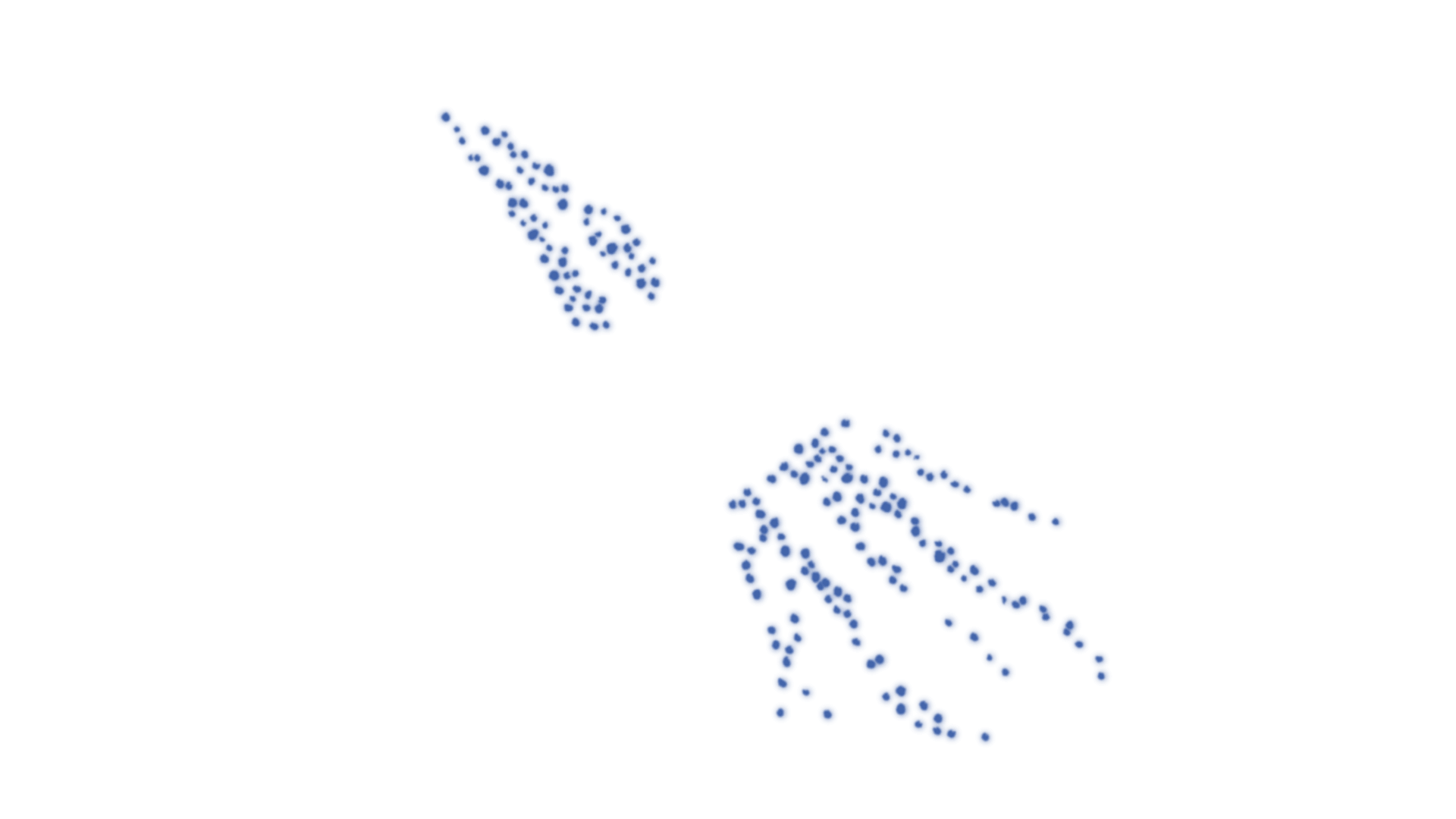Deep Blue Sea


The photic zone, euphotic zone (Greek for "well lit": εὖ "well" + φῶς "light"), or sunlight (or sunlit) zone is the uppermost layer of water in a lake or ocean that is exposed to intense sunlight. It corresponds roughly to the layer above the compensation point, i.e. depth where the rate of photosynthesis equals the rate of respiration over a day or more. Within the photic zone carbon dioxide uptake and oxygen production are therefore positive. This is an important definition for biology but very hard to measure.
A Mesophotic coral reef, from meso meaning middle and photic meaning light, is characterised by the presence of both light dependent coral and algae, and organisms that can be found in water with low light penetration. They normally grow between 30 to 40 metres (130 ft) and up to 150 metres (490 ft) in tropical and subtropical water. The most common species at the mesophotic level are corals, sponges and algae. The corals ranges can overlap with Deep-water coral but are distinguished by the presence of zooxanthellae and their requirement for light. They can also be thought of as part of shallow water coral ecosystems, and a crossover of coral species between the two is common. It is thought that these corals could be used as sources for reseeding shallow water coral species.[1] The oldest known mesophotic coral ecosystems have been described from the Silurian of Sweden[2], such ecosystems are also known from Devonian [3]. Oldest scleractinian-dominated mesophotic ecosystems are known from the Triassic
The euphotic depth is also often calculated, largely through ease of measurement, to be the depth where light intensity falls to one percent of that at the surface. Accordingly, its thickness depends on the extent of light attenuation in the water column but as incoming light at the surface can vary widely, this says little about the net growth of phytoplankton. Typical euphotic depths vary from only a few centimetres in highly turbid eutrophic lakes, to around 200 meters in the open ocean. It also varies with seasonal changes in turbidity, which can be strongly driven by phytoplankton concentrations such that the depth of the photic zone often decreases as primary production increases.
About 90% of all marine life lives in the photic zone. A small amount of primary production is generated deep in the abyssal zone around the hydrothermal vents which exist along some mid-oceanic ridges.
The mesopelagic zone (Greek μέσον, middle), also known as the middle pelagic or twilight zone, is the part of the pelagic zone that lies between the photic epipelagic and the aphotic bathypelagic zones.[1] It is defined by light, and begins at the depth where only 1% of incident light reaches and ends where there is no light; the depths of this zone are between approximately 200 to 1000 meters (~660 to 3300 feet) below the ocean surface.[1] It hosts a diverse biological community that includes bristlemouths, blobfish, bioluminescent jellyfish, giant squid, and a myriad of other unique organisms adapted to live in a low-light environment.[2] It has long captivated the imagination of scientists, artists and writers; deep sea creatures are prominent in popular culture, particularly as horror movie villains.


The mesopelagic zone includes the region of sharp changes in temperature, salinity and density called the thermocline, halocline, and pycnocline.[1] The temperature variations are large; from over 20 °C (68 °F) at the upper layers to around 4 °C (39 °F) at the boundary with the bathyal zone.[4] The variation in salinity is smaller, typically between 34.5 and 35 psu.[4] The density ranges from 1023 to 1027 g/kg of seawater.[4] These changes in temperature, salinity, and density induce stratification which create ocean layers. These different water masses affect gradients and mixing of nutrients and dissolved gasses. This makes this a dynamic zone.
Although some light penetrates the mesopelagic zone, it is insufficient for photosynthesis. The biological community of the mesopelagic zone has adapted to a low-light, low-food.[15] This is a very efficient ecosystem with many organisms recycling the organic matter sinking from the epipelagic zone [16] resulting in very little organic carbon making it to deeper ocean waters The general types of life forms found are daytime-visiting herbivores, detritivores feeding on dead organisms and fecal pellets, and carnivores feeding on those detritivores.[15] Many organisms in the mesopelagic zone move up into the epipelagic zone at night, and retreat to the mesopelagic zone during the day, which is known as diel vertical migration.[7] These migrators can therefore avoid visual predators during the day and feed at night, while some of their predators also migrate up at night to follow the prey. There is so much biomass in this migration that sonar operators in World War II would regularly misinterpret the signal returned by this thick layer of plankton as a false sea floor.


Mesopelagic fish are adapted to a low-light environment. Many fish are black or red, because these colors appear dark due to the limited light penetration at depth.[15] Some fish have rows of photophores, small light-producing organs, on their underside to mimic the surrounding environment.[15] Other fish have mirrored bodies which are angled to reflect the surrounding ocean low-light colors and protect the fish from being seen, while another adaptation is countershading where fish have light colors on the ventral side and dark colors on the dorsal side.
Food is often limited and patchy in the mesopelagic, leading to dietary adaptions. Common adaptations fish may have include sensitive eyes and huge jaws for enhanced and opportunistic feeding.[25] Fish are also generally small to reduce the energy requirement for growth and muscle formation.[15] Other feeding adaptations include jaws that can unhinge, elastic throats, and massive, long teeth.[15] Some predators develop bioluminescent lures, like the tasselled anglerfish, which can attract prey, while others respond to pressure or chemical cues instead of relying on vision.
The bathyal zone or bathypelagic – from Greek βαθύς (bathýs), deep – (also known as midnight zone) is the part of the pelagic zone that extends from a depth of 1,000 to 4,000 m (3,300 to 13,100 ft) below the ocean surface. It lies between the mesopelagic above, and the abyssopelagic below. The average temperature hovers at about 4 °C (39 °F). Although larger by volume than the euphotic zone, the bathyal zone is less densely populated. Sunlight does not reach this zone, meaning primary production, if any, is almost nonexistent. There are no known plants because of the lack of sunlight necessary for photosynthesis. It is known as the midnight (also twilight or dark) zone because of this feature.
Because of the lack of light, some species do not have eyes. Those possessing eyes in this zone include the viperfish and the frill shark. Many forms of nekton live in the bathyal zone, such as squid, large whales, and octopuses. In the bathyal, some of the world's largest whales feed. Sponges, brachiopods, sea stars, and echinoids are also common in the bathyal zone. Animals in the bathyal zone are not threatened by predators that can see them, so they do not have powerful muscles. This zone is difficult for fish to live in since it is especially hard to find nutrients. They have become very energy efficient, and many have slow metabolic rates to conserve energy. The fish are characterized by weak muscles, soft skin, and slimy bodies. The adaptations of some of the fish that live there include small eyes and transparent skin.
Except where the ocean is exceptionally deep, the bathyal zone extends to the benthic zone on the ocean bed of that part of the continental slope that lies between 1000 and 4000 meters deep.[citation needed] The bathyal zone contains sharks, squid, octopuses, and many different species of fish. This includes deep-water anglerfish, gulper eel, amphipods and dragonfish.
Bathypelagic fish have special adaptations to cope with these conditions – they have slow metabolisms and unspecialized diets, being willing to eat anything that comes along. They prefer to sit and wait for food rather than waste energy searching for it. The behaviour of bathypelagic fish can be contrasted with the behaviour of mesopelagic fish. Mesopelagic are often highly mobile, whereas bathypelagic fish are almost all lie-in-wait predators, normally expending little energy in movement.
The dominant bathypelagic fishes are small bristlemouth and anglerfish; fangtooth, viperfish, daggertooth and barracudina are also common. These fishes are small, many about 10 centimetres long, and not many longer than 25 cm. They spend most of their time waiting patiently in the water column for prey to appear or to be lured by their phosphors. What little energy is available in the bathypelagic zone filters from above in the form of detritus, faecal material, and the occasional invertebrate or mesopelagic fish.[40] About 20% of the food that has its origins in the epipelagic zone falls down to the mesopelagic zone,[20] but only about 5% filters down to the bathypelagic zone.
Bathypelagic fish are sedentary, adapted to outputting minimum energy in a habitat with very little food or available energy, not even sunlight, only bioluminescence. Their bodies are elongated with weak, watery muscles and skeletal structures. Since so much of the fish is water, they are not compressed by the great pressures at these depths. They often have extensible, hinged jaws with recurved teeth. They are slimy, without scales. The central nervous system is confined to the lateral line and olfactory systems, the eyes are small and may not function, and gills, kidneys and hearts, and swimbladders are small or missing.
These are the same features found in fish larvae, which suggests that during their evolution, bathypelagic fish have acquired these features through neoteny. As with larvae, these features allow the fish to remain suspended in the water with little expenditure of energy.
Despite their ferocious appearance, these beasts of the deep are mostly miniature fish with weak muscles, and are too small to represent any threat to humans.
The swimbladders of deep sea fish are either absent or scarcely operational, and bathypelagic fish do not normally undertake vertical migrations. Filling bladders at such great pressures incurs huge energy costs. Some deep sea fishes have swimbladders which function while they are young and inhabit the upper epipelagic zone, but they wither or fill with fat when the fish move down to their adult habitat.
The most important sensory systems are usually the inner ear, which responds to sound, and the lateral line, which responds to changes in water pressure. The olfactory system can also be important for males who find females by smell.[44] Bathypelagic fish are black, or sometimes red, with few photophores. When photophores are used, it is usually to entice prey or attract a mate. Because food is so scarce, bathypelagic predators are not selective in their feeding habits, but grab whatever come close enough. They accomplish this by having a large mouth with sharp teeth for grabbing large prey and overlapping gill rakers which prevent small prey that have been swallowed from escaping.
It is not easy finding a mate in this zone. Some species depend on bioluminescence. Others are hermaphrodites, which doubles their chances of producing both eggs and sperm when an encounter occurs.[36] The female anglerfish releases pheromones to attract tiny males. When a male finds her, he bites on to her and never lets go. When a male of the anglerfish species Haplophryne mollis bites into the skin of a female, he release an enzyme that digests the skin of his mouth and her body, fusing the pair to the point where the two circulatory systems join up. The male then atrophies into nothing more than a pair of gonads. This extreme sexual dimorphism ensures that, when the female is ready to spawn, she has a mate immediately available.